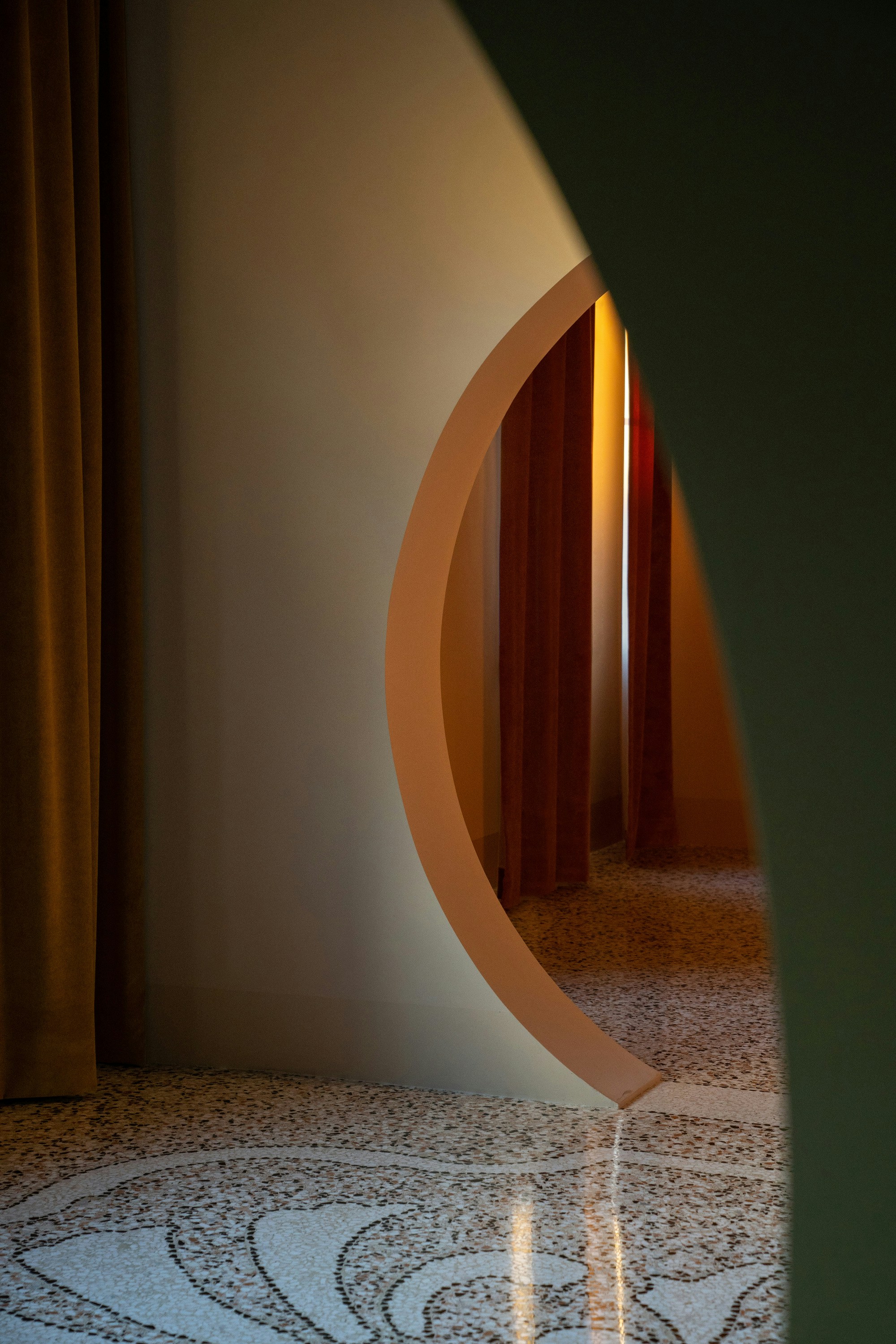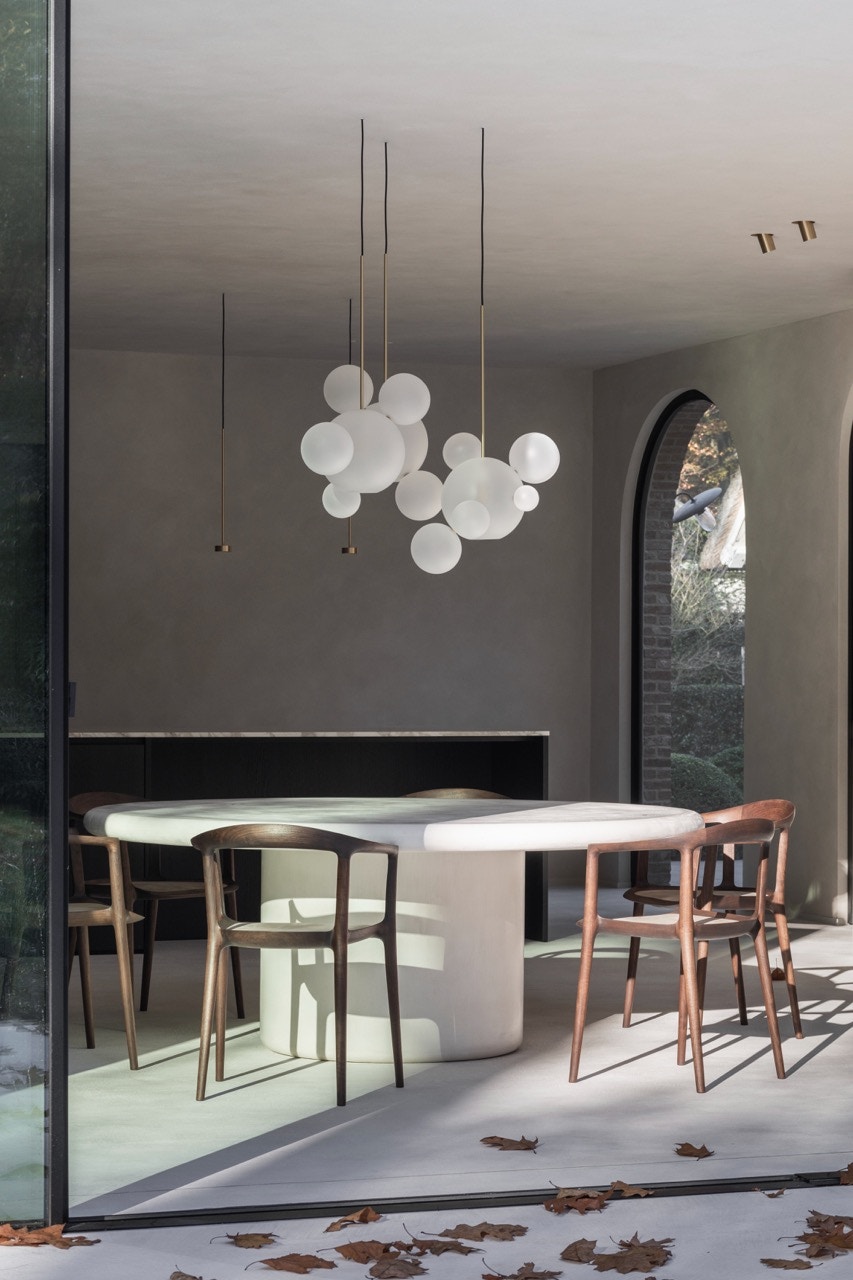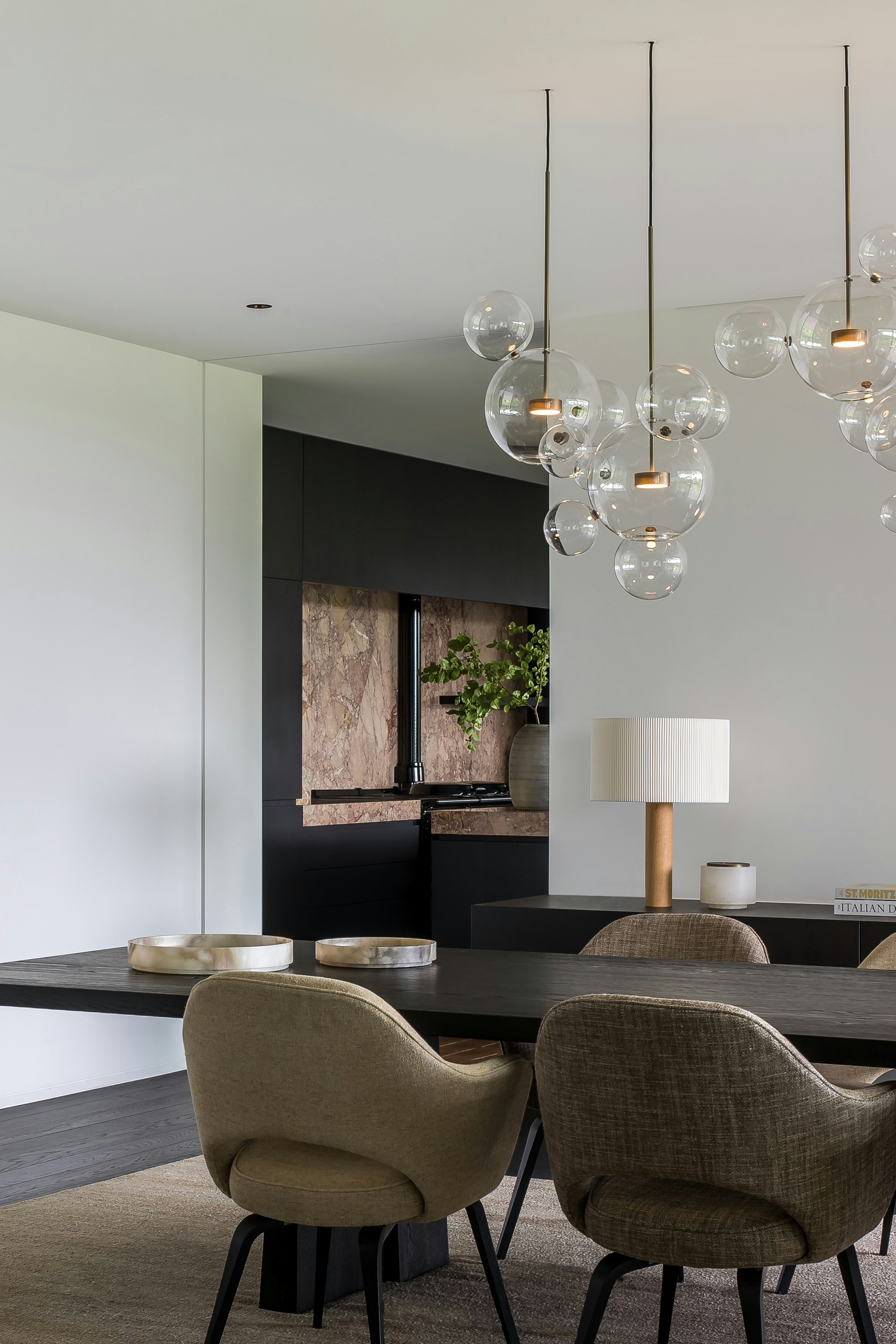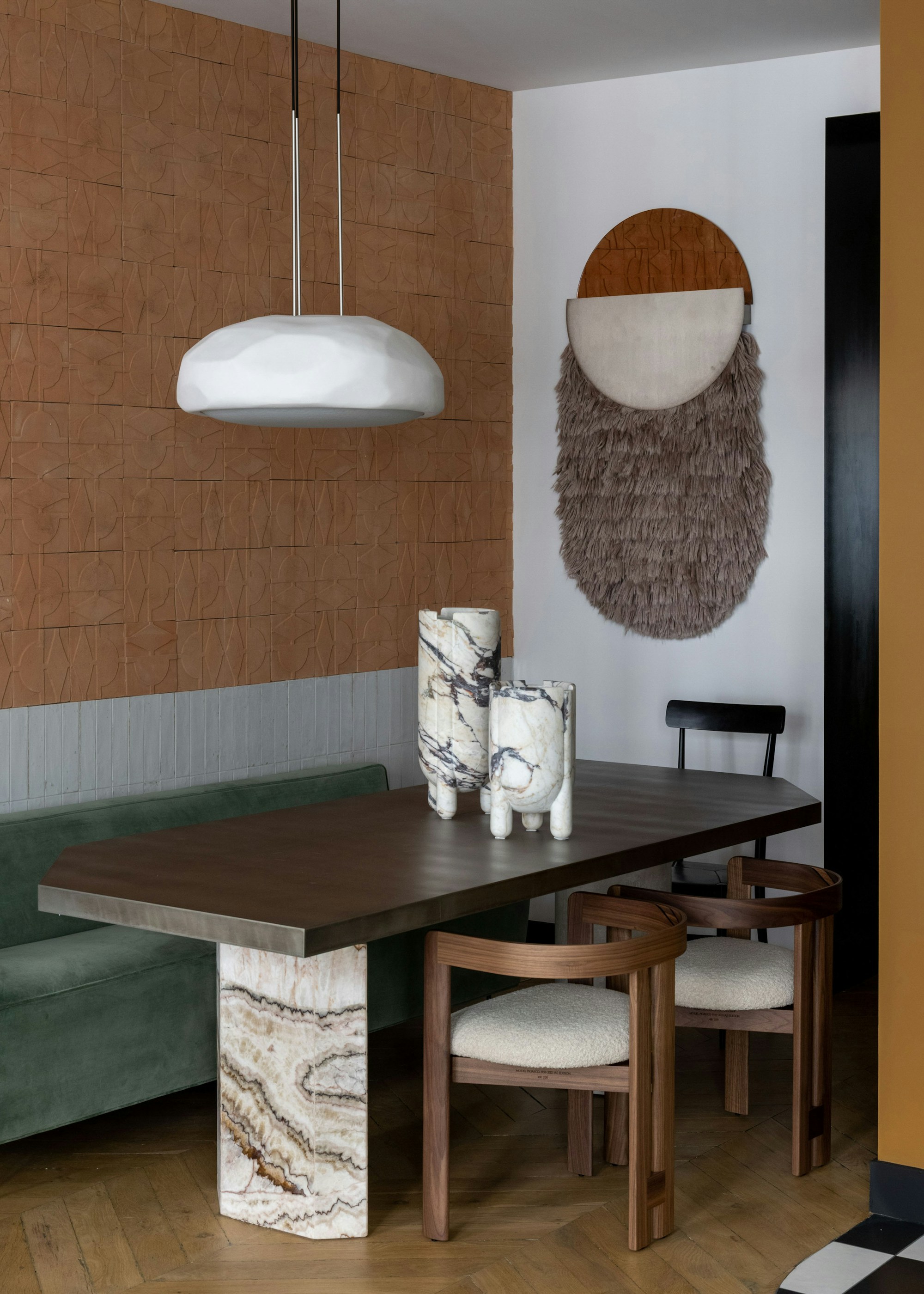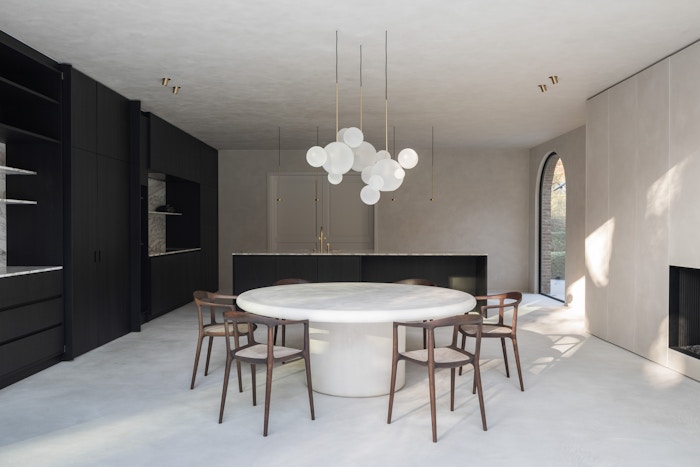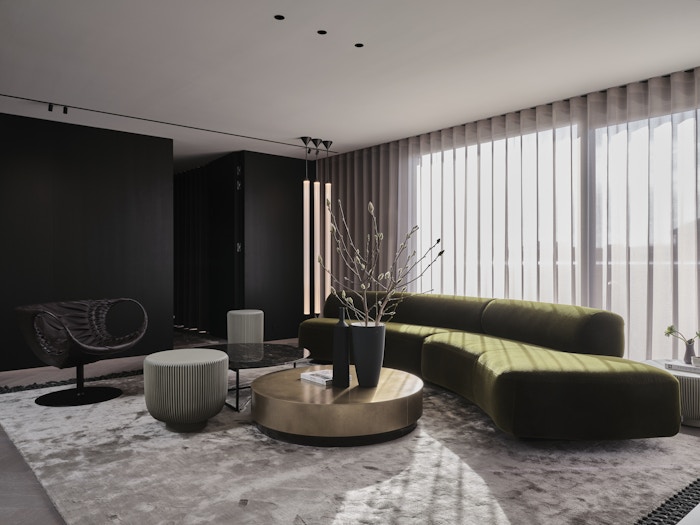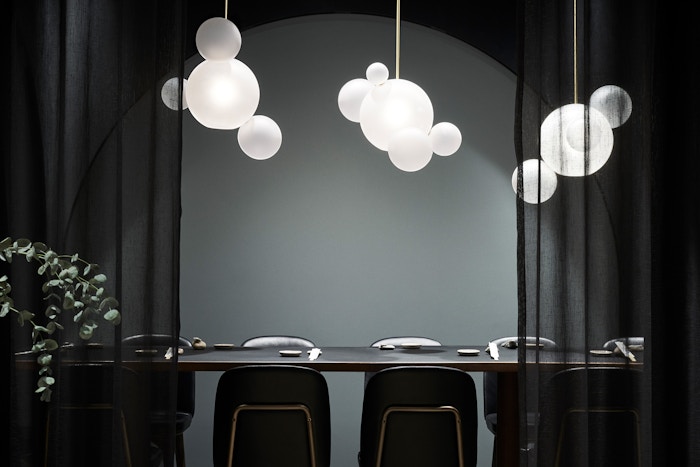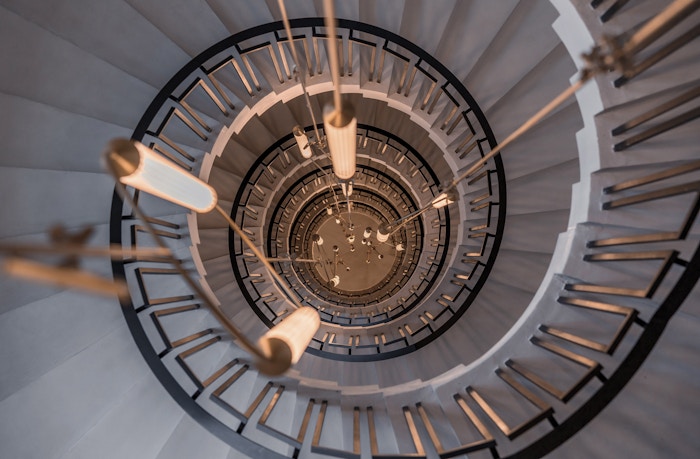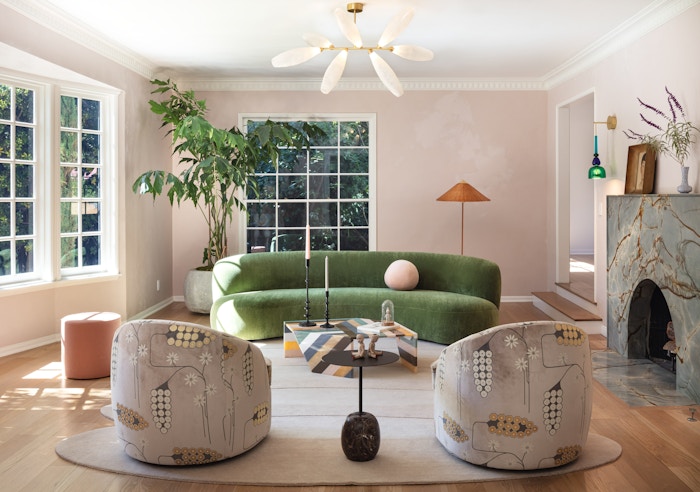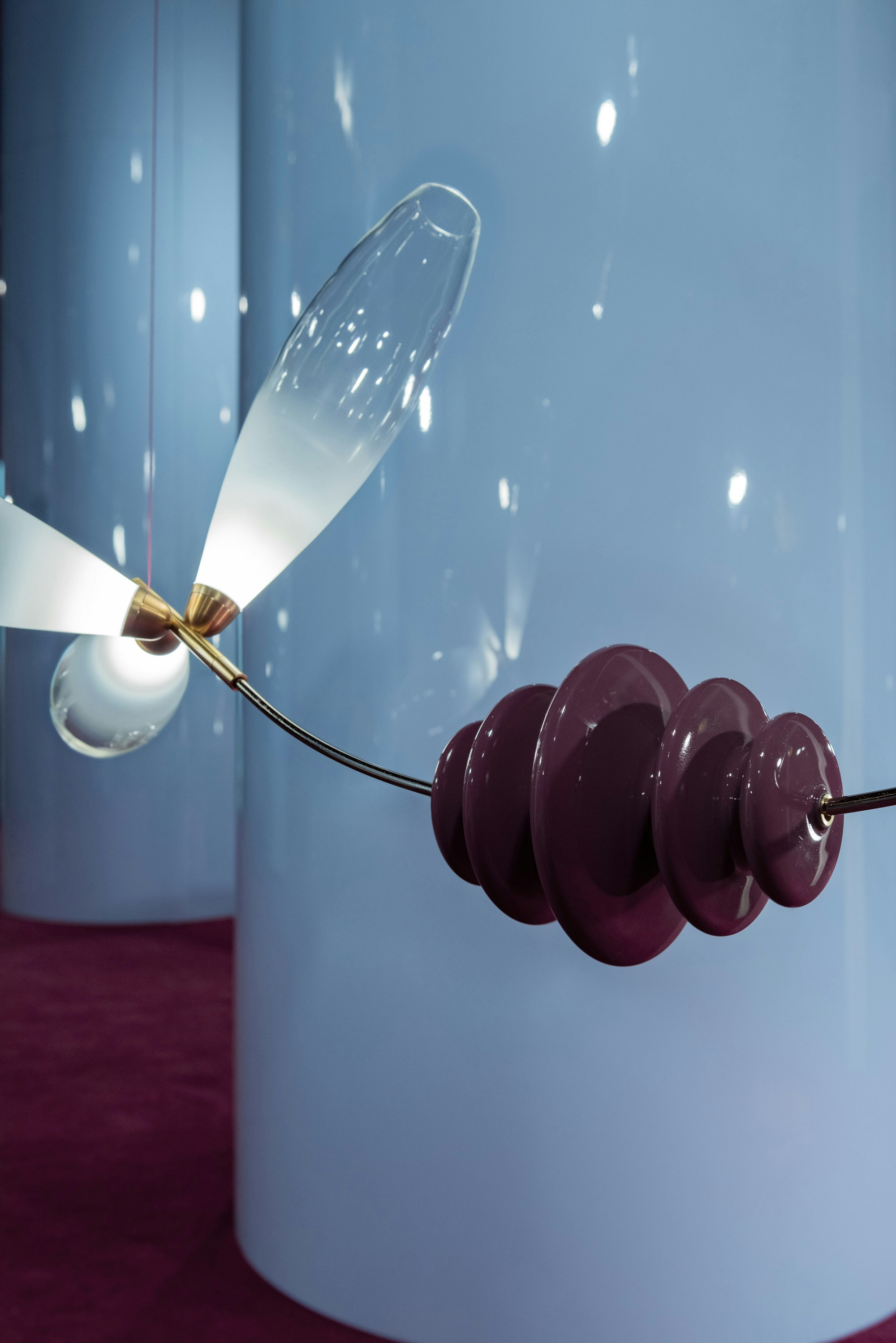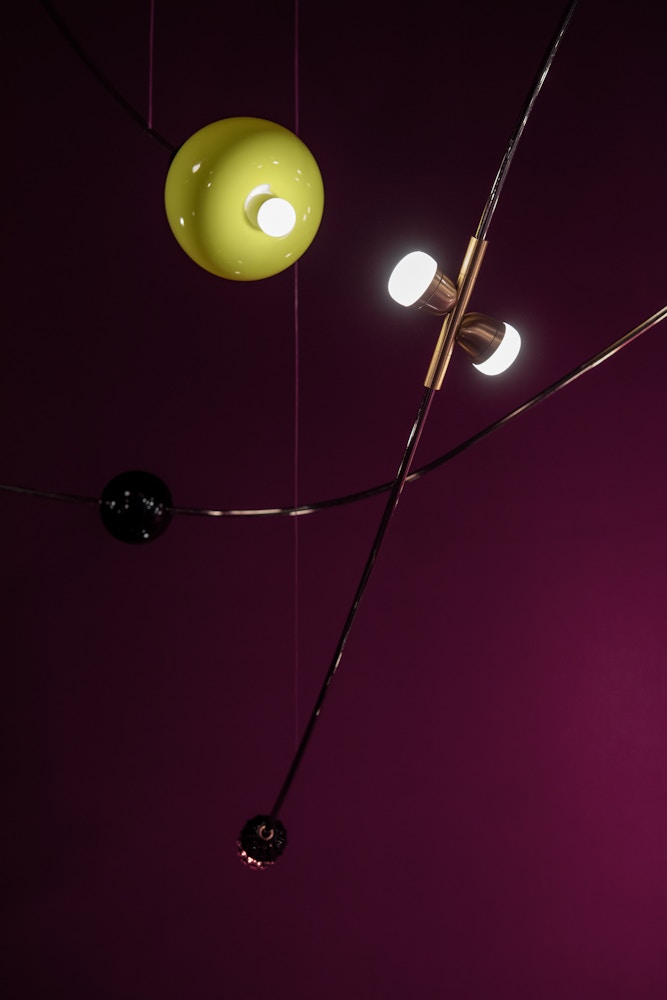We light up the world with WONDER
Light awakens your dreams, crystalizing time, if only for a moment. We bring this phenomenon into living spaces. The light turns on and with eyes wide open it feels like magic, like being children again.
Collections
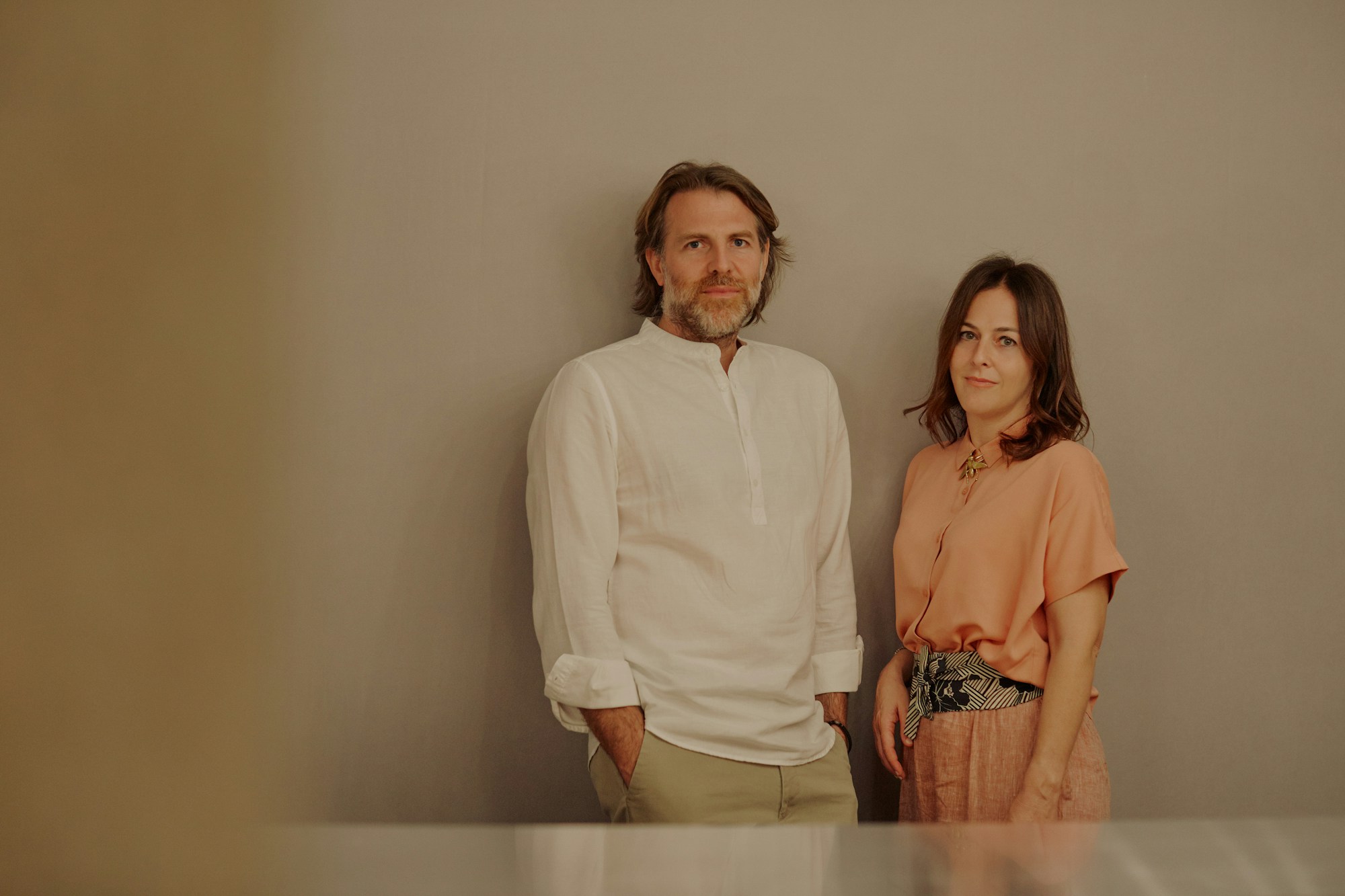
In our
Read more CUSTOM-MADE
In our research, each project is always an open path. We start with an idea, we follow a direction, and then we choose a product that we feel is more ours, combining aesthetics, functionality, and emotion. For this reason, all our creations have something unique waiting to be discovered and interpreted.
Custom-made for us means revealing the essence of a living space through the infinite shapes of light. This is possible by combining respect for the original project with customization. We provide specific solutions that can realize that perfect uniqueness, different for each of us.
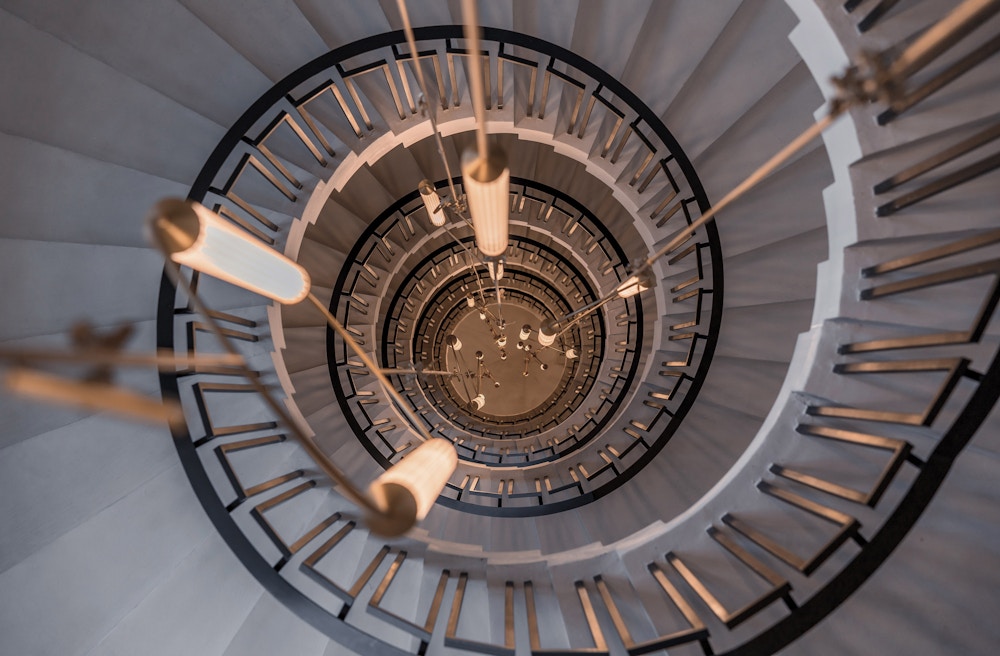
Commissions
Inspirations for living spaces
